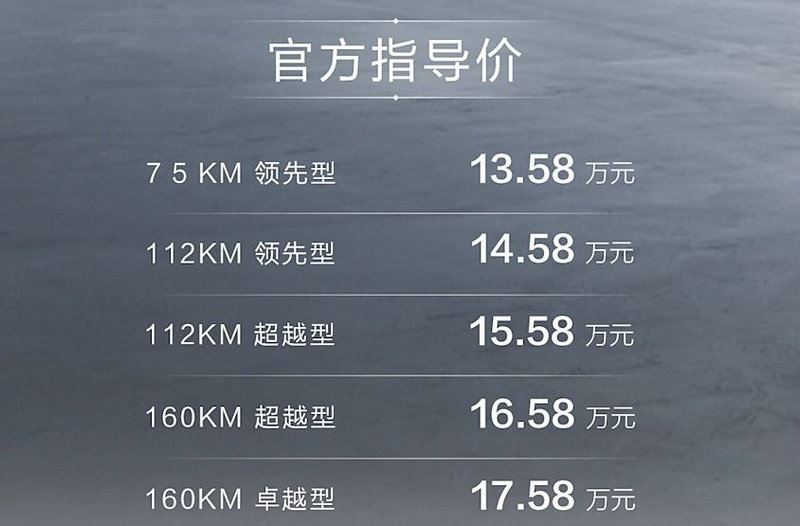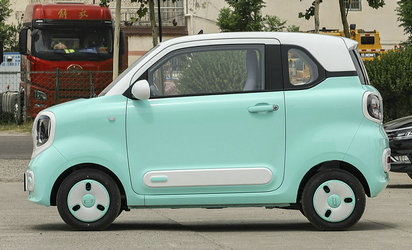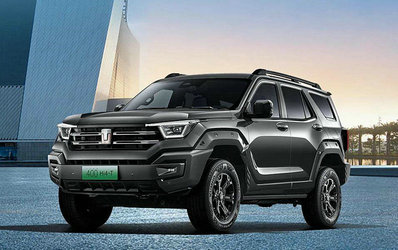BYD's lagging intelligent driving is finally catching up?
On January 16th, BYD held a grand "Dream Day" press conference.
For this press conference, BYD prepared for several months, and many people also waited for several months, because this press conference was scheduled in the second half of last year.
So many people are curious, is BYD going to amplify its tactics?
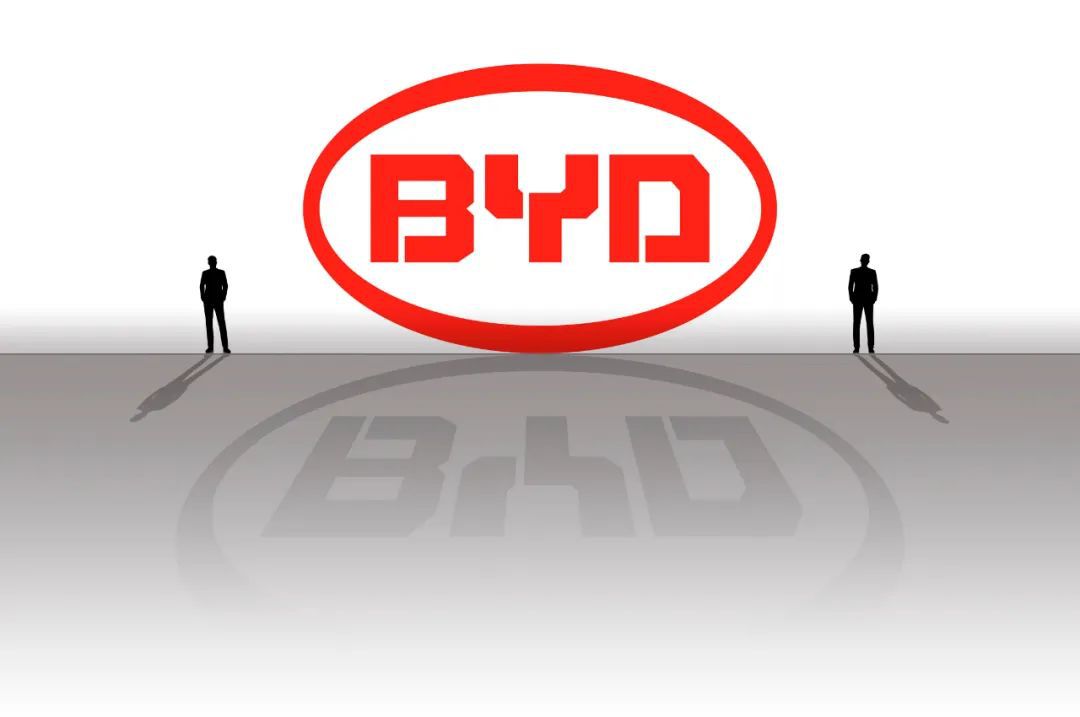
01. Intelligent driving
BYD's ultimate strategy has only one possibility, which is "intelligent driving".
In fact, for electric vehicles, other aspects have basically reached their peak, leaving only the area of intelligent driving with room for development.
Huawei doesn't make cars themselves, but it has become popular in the automotive industry thanks to its intelligent driving system.
BYD has been recognized as a weak point in the field of intelligent driving in recent years, and even Wang Chuanfu himself has publicly stated:
Unmanned driving is all nonsense, making things that are empty headed and brainless is all deception, it is being hijacked by capital, it is a new dress of the emperor.
This sentence should be familiar to everyone, just said at the end of 2022.
So in the past two years, we have seen many car companies promoting their intelligent driving technology, but only BYD does not have it, because it is currently not up to par.
Firstly, BYD will definitely not hand over its soul to Huawei, so it is destined to have to slowly develop its own products.
But even if the company has over 4000 intelligent driving engineers, the underlying systems and chips are not so easy to develop, and BYD still has a long way to go.
As the world's second largest OEM factory, BYD's main advantage lies in manufacturing, rather than software and algorithms.
Therefore, BYD's electrification is done well, and the battery is also good, but the chips cannot be made.
Some friends may have questions, isn't BYD a semiconductor company? Isn't it that I also make chips myself?
And it almost went public in 2022, but it ended in January 2023.
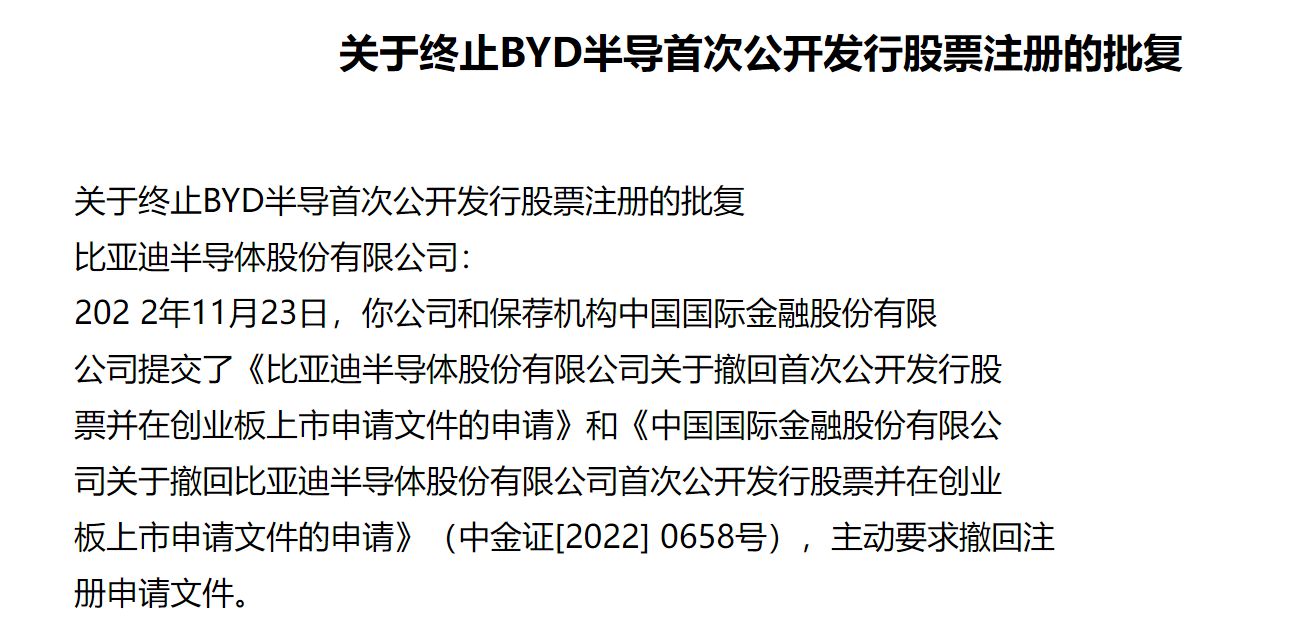
In fact, BYD is making IGBT chips, which were developed many years ago for fuel powered cars. The process is also relatively simple, with only a 90 nanometer process.
Although BYD has given up on fuel powered cars, it has not given up on IGBT chips and has been developing and producing them before selling them to other fuel powered car companies.
But this thing is not so important for electric vehicles. There are mainly two types of in car chips for electric vehicles, namely car infotainment chips and intelligent driving chips, which BYD currently cannot do.
The difficulty of car infotainment chips is relatively lower, and currently the two major camps are Qualcomm and Huawei.
Qualcomm is very familiar to everyone, for example, Snapdragon 8295 and Snapdragon 8155 are very popular, and most car companies use these two models.
Huawei is naturally its flagship product, the Kirin chip, such as the Kirin 990A, which is used by Wenjie.
BYD also used Qualcomm, but it is another Snapdragon 690.
Many people don't understand why the Snapdragon 690 has such poor performance, why choose it?
It's simple, there are two reasons. The first is cheap, and the second is that BYD doesn't pursue car infotainment systems, so there's no need to use such high-end chips.
BYD's selling points are battery and hybrid technology, focusing on a long range and only capturing the pain point of user range anxiety.
Of course, being cheap is also a major pain point.
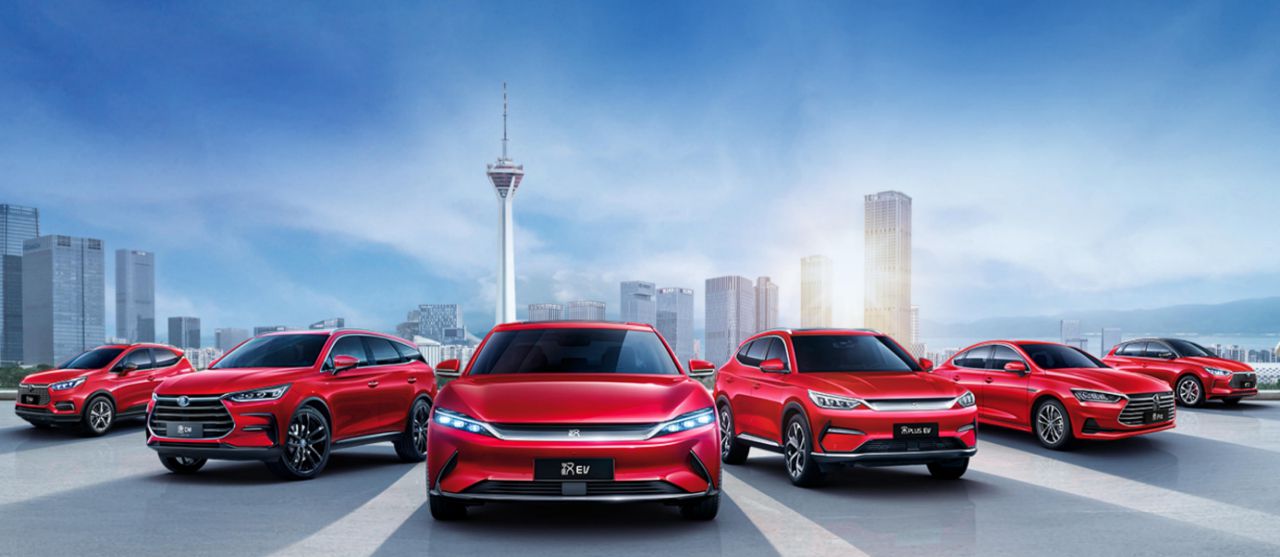
As for the intelligent driving chip, it is more difficult because it leans more towards software and algorithms.
At present, there are mainly four major camps, of course Huawei is one, Tesla is also self-developed, and the other two are Intel and Nvidia.
Intel mainly acquired Israel's Mobileye company and has a small market share.
The global leader is still NVIDIA, and our technology is far ahead. Although Huawei is strong enough, it is still very difficult to catch up with NVIDIA within 10 years.
So many car companies have adopted NVIDIA's Orin intelligent driving system, including BYD's high-end cars.
It is almost impossible for BYD to develop a complete intelligent driving system on its own because it is too complex and massive.
Firstly, the chip hurdle cannot be overcome. It is too difficult for BYD to start developing low process and high-performance chips from now on. It should be noted that Huawei has been developing for 20 years and still lags far behind.
Then all car companies do not have many conditions required for mature systems, such as database data volume. Without data, they cannot create large models, and without large models, they cannot create underlying systems.
So car companies are destined to only purchase chips from others, use their underlying systems, and then do their own secondary development.
Xiaomi is an exception here. Xiaomi has also developed its own system, which may not be as powerful, but after all, it has been developed and deserves praise.
Huawei has the potential to catch up with NVIDIA, while Xiaomi has the potential to catch up with Huawei. Of course, potential only represents possibility, not conclusion.
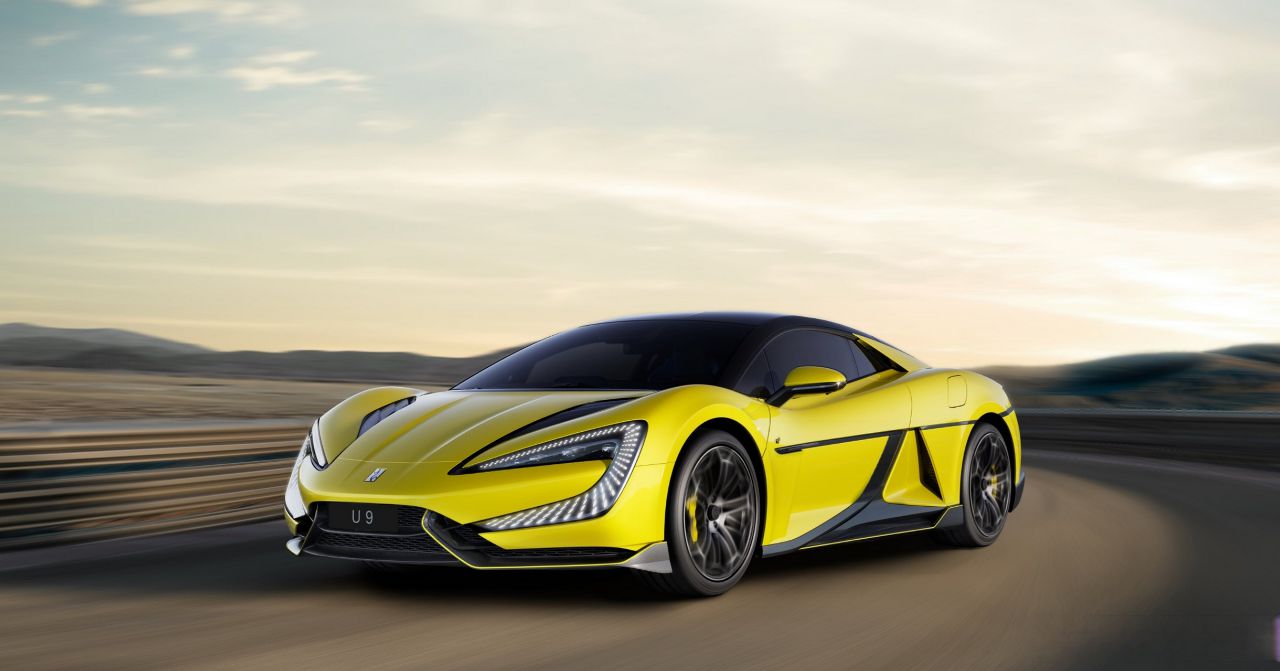
Most of BYD's current models do not have this feature, only high-end cars do.
And it seems that they are not prepared for a long time in the future because BYD has not reserved this space at all.
Of course, BYD owners don't have this expectation either, after all, the price is there.
So in this context, it is unrealistic to expect BYD's "Dream Day" press conference to release a big move the next two days.
However, it is not ruled out that BYD has plans to develop its own chips.
02. Xuanji
At the press conference, Wang Chuanfu was dressed in workwear, seemingly emphasizing the image of an engineer.

The Xuanji system is BYD's first creation, according to Wang Chuanfu, it is an intelligent structure that integrates intelligence and electricity.
But actually, I don't even understand what the mystery behind "Xuanji" is right now? Because important information about chips, sensors, algorithms, future plans, and so on was not discussed.
Mr. Wang really knows how to play tricks!
Perhaps just to convey a signal to the outside world, BYD is not neglecting intelligent driving, but is currently not mature enough, but is working hard.
This signal is indeed quite important, because from the performance of the capital market, the entire Huawei series has a feeling of one person ascending together.
In such a sluggish market, many companies that are somewhat related to Huawei's industrial chain have been sought after, which is like a wild speculation.
Since its peak market value in July 2022, BYD has evaporated more than 400 billion yuan and fallen by a year and a half.
The difference in treatment between the two is too great, and it is normal for Wang Chuanfu to come out and cheer.
Of course, the negative market sentiment is not only due to the backwardness of intelligent driving, but also the result of a combination of multiple factors.
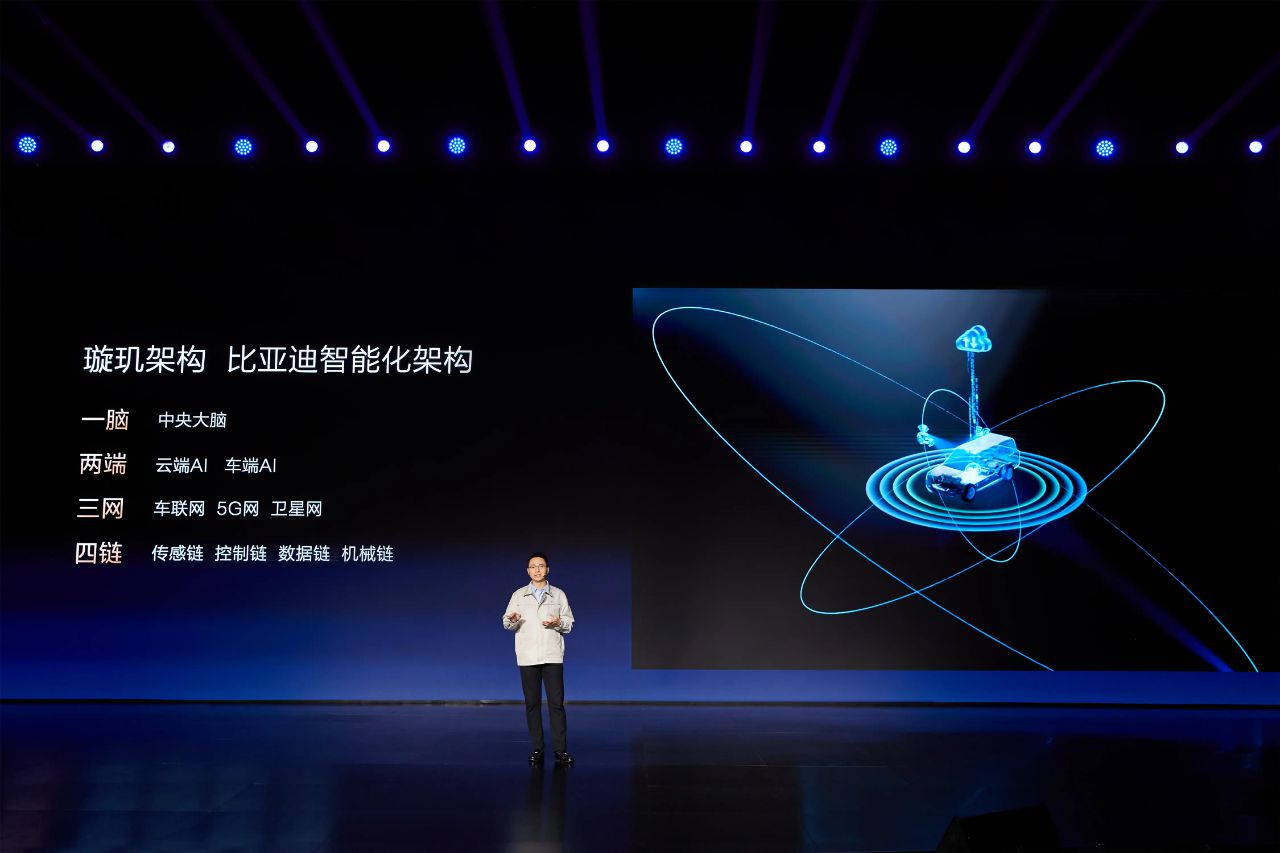
To be fair, I think BYD's attitude towards intelligent driving is not a problem for two reasons.
The first one is that the industry has expertise. As a manufacturing company, BYD cannot expect it to develop high-performance chips, nor can it expect it to build such a powerful intelligent driving platform in a short period of time. This is unrealistic and unfair.
The reason why Huawei is so powerful is because it has been engaged in research and development in related industries for decades, which is why it has the HarmonyOS system.
So we cannot compare Huawei+car companies with BYD.
The second, the complete name for intelligent driving is "intelligent assisted driving". We habitually omit the word "assisted" because all car companies omit it when promoting it, even abbreviated it as "intelligent driving".
This is not right. Firstly, the current regulations have strict restrictions on the level of intelligent driving. Although it is gradually being relaxed, it has not been completely relaxed because currently no one dares to say that their technology is mature to ensure safety.
Nowadays, cars with intelligent driving functions have a steering wheel that senses whether your hand is placed on them. If it is not detected for a period of time, it cannot be used anymore.
Is it possible for BYD to be cautious and not push out immature technologies for now?
After all, Mr. Wang once said, "BYD will never let users bear security risks for immature technology."

That's the question, why can't BYD cooperate with Huawei?
The common saying is that they are unwilling to hand over their souls to Huawei.
So there's another question, why hand it over to NVIDIA's "Orin" instead of Huawei?
It cannot be said that Wang Chuanfu would rather not choose domestic brothers than foreign companies.
The new car making force "Weixiaoli" and other new brands can understand that they do not have a manufacturing foundation and can only move towards the Internet direction. Therefore, the locomotive system is too complex, and it is understandable to choose chips with better performance.
For example, isn't Jike 001 a typical case? This car originally chose low-end chips to save costs, but later found that it couldn't run at all, causing the system to frequently freeze.
Helpless, Jike 001 replaced all the chips with Snapdragon 8155 for free.

But BYD's locomotive system is not complicated, and using Huawei technology is completely sufficient. Why choose NVIDIA?
Because as mentioned earlier, BYD's mid to low end models do not have this feature, only high-end models will use it, and high-end cars use high-end chips, which seems to be fine.
But now BYD's high-end car sales are very low, mainly selling models around 100000 yuan. Since it is a low-end car, the requirements for chips and computing power are not so high. Is it possible that BYD really wants to develop its own system?
But currently, high-end models cannot and must be used, so what about using them temporarily?
I think there is also a possibility of this, as can be seen from the introduction of "Xuanji".
Images 2-
As shown in the above figure, it is the main component of the Xuanji system, which, in Wang Chuanfu's words, is called "vehicle intelligence".
Including "Yi Sifang, Yun Nian, Three Electric System, Chassis System, Vehicle Body System, Intelligent Cockpit, and Intelligent Driving", these things indeed include all the core parts of the entire car.
Because BYD believes that the so-called intelligent driving in the industry is narrow, meaning that there is an intelligent cockpit and intelligent driving, does not mean that this car is intelligent.
It should be combined with electrification to be considered as whole vehicle intelligence.
BYD's electrification is definitely not a problem, which is his strong point, while from the few technologies announced at the press conference, intelligence seems to have no major highlights.
Firstly, there is "Easy Four Directions Parking", which is leading the way. However, the "Look Up" series of in-situ turning technology has already been released, so this automatic parking technology is not surprising.
There are also assisted driving techniques such as navigation and lane changing, which everyone has.
There are also small features such as palm keys, which can only be considered conventional technology, because in the past two years, all car companies have been competing with these diverse small features.
In addition, there is a collaboration with DJI and the addition of a "car mounted drone", which may seem quite fun, but it can only be found when looking up at U8.
So currently, BYD's mature "intelligent" technology is not enough, so it is also possible to transition temporarily.
03. Future
At the press conference, Wang Chuanfu said that more than 10 "advanced intelligent driving models" will be launched in the future, with the addition of LiDAR instead of the current L2 level assisted driving system.

The L2 level is indeed a bit low-end, and I have also experienced it before. I cannot use it with confidence, and the risk may arise at the next intersection.
Of course, the L2 level configurations are both Dynasty series and Ocean series, and the prices are already cheap. If you have such a thing, just treat it as fun and don't take it seriously.
What is the specific level of this "advanced intelligent driving model"? Wang Chuanfu didn't mention it on site, anyway it's either L3 or L4, it can't be L2+or L5.
But he also said that this feature can be optional for models above 200000 yuan, and standard for models above 300000 yuan.
Still missing out on low-end cars!
However, this is also an unavoidable thing. The eyes of intelligent driving are like LiDAR, and this thing is really not cheap.
Install a few less, the level cannot be reached, install a few more, and the cost cannot be reduced.
So, aside from chips and underlying systems, which are completely different industry technologies, BYD's body is honest in the direction of "intelligent assisted driving".
It means that our competitors have something, and BYD also has it, but currently only high-end models have it.
Since you have it, don't say that BYD doesn't have intelligent driving technology anymore, and there will be more and more in the future.
In addition, regarding the statement made by Wang Chuanfu at the beginning of the article about autonomous driving, it was all a deception. However, at this press conference, Mr. Wang actually provided a new explanation.

His explanation was also very clever. He said that "intelligent driving" and "autonomous driving" are not the same thing. I said that autonomous driving is deceitful, but I didn't say that intelligent driving is deceitful because autonomous driving technology is not yet mature and cannot be implemented yet.
This explanation is simply amazing, it always feels like it's not right, but it just can't be refuted.
I have always thought that "intelligence=unmanned" is just like "smart factory=unmanned factory". Otherwise, manual intervention is necessary. How about intelligence?
It turns out that I was wrong. It turns out that intelligent driving is autonomous driving under human intervention.
But I always feel a bit conflicted. Anyway, in the industrial field, automation under manual intervention is called "semi-automatic".
Manual supplementation of certain processes without interfering with the automation process is called fully automated. If manual supplementation is not needed, it is called intelligent.
Maybe the automotive industry is different.
Because Wang Chuanfu emphasized that he was not wrong, it is still too early to talk about autonomous driving, but intelligent driving has already arrived.
BYD currently has 1000 algorithm engineers and 3000 software engineers. In the future, the company will invest more than 100 billion yuan in vehicle intelligence, ultimately leading the future direction of new energy vehicles.

The goal is grand, and Wang Chuanfu also said an interesting sentence:
"Building a smart car is like building a house, not just typing code. It must be based on electrification. If the foundation is not well established, it is a dangerous building."
The interesting thing is that it can make people imagine and dance.
I fully agree with this statement. I don't understand how to build a car, but I do understand how to build an intelligent factory.
Even if we don't talk about intelligent factories, they are simply production lines. If the people who make equipment don't understand the process and only know the production process, it is impossible to make good equipment.
I think the logic of smart cars should also be the same.
So BYD is likely to play a big game in the field of intelligent driving, and he may really have the idea of making his own underlying system.
With his huge sales and user base, he can really support himself to become a self-sufficient company like Tesla.
But this road is destined to be very difficult! Let's wait and see!
04. Summary
BYD announced its sales for December last year at the beginning of the month.

As shown in the above figure, the cumulative production in 2023 was 3045231 vehicles, a year-on-year increase of 61.84%.
In 2023, the cumulative sales volume was 3024417 units, a year-on-year increase of 61.86%.
Glorious achievement of the annual sales target of 3 million vehicles is remarkable!
Wishing BYD a higher net profit margin and greater overseas sales!
The above is the full content of BYD's lagging intelligent driving is finally catching up?






